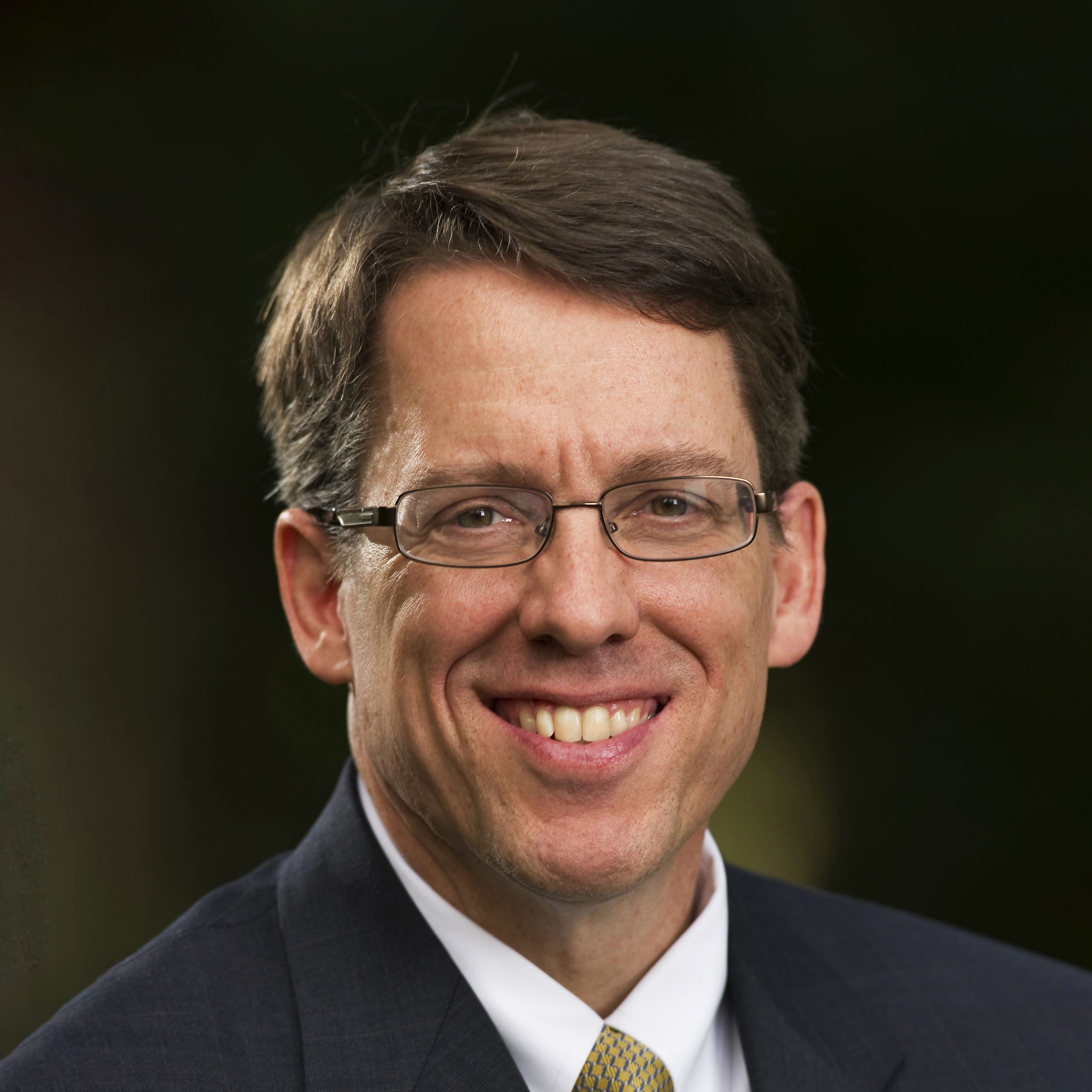A Way Forward? My Response Part 5: What about the whole LGBTQIA community?
June 14th, 2014This is the fifth part in a seven part blog series reflecting on the document, A Way Forward for a United Methodist Church
Andy Crouch, in a recent article in Christianity Today helpfully observes that the church is mistaken and out of touch by framing the current debate about sexuality as whether the church should “accept” or “reject” same sex marriage. To do that is to focus one on tiny wave and miss the tsunami which is about to engulf us. The proposal by Hamilton seems to think that if we agree to this proposal we just might put this issue behind us. On the contrary, we are just on the front edge of this issue.
Even the acceptance of same sex marriage assumes, for example, stable sexual orientation. In other words, it assumes that someone is oriented towards a different or same sex as a permanent reality. Today we hear quite a bit about the LGBT and the LGBTQIA (Lesbian, Gay, Bisexual, Transgendered, Queer/Questioning, Intersexed and Asexual) community. However, the proliferation of letters beyond L and G in the growing LGBTQIA lineup clearly demonstrates that there is far more going on than a discussion of same sex marriage. Today, the debate also includes, for example bi-sexual, transgendered and intersexed persons. In fact, I read a recent writer who is part of the LGBTQIA “community” who referred to those who speak of only “gay” and “lesbian” as living in the “dark ages.” His point was that the real issue today is not about sexual attraction between men and men or women and women, but, more fundamentally, about the freedom for gender non-conformity and the full disassociation of gender with any physiological markers. In other words, this is not a discussion about sex or marriage, it is a discussion about the elimination of all gender boundaries and assumptions about gender identity, even those markers physiologically given to us through creation. This is, therefore, fundamentally about the Christian view of the body. This debate has enormous implications for historic Christian teaching concerning the body. This, in turn, has even deeper implications for the Christian doctrine of the incarnation, the bodily Resurrection of Jesus Christ and our own bodily resurrection at the end of time.
For example, the very notion of same sex marriage assumes that we are referring to men who may be sexually attracted to other men, or women who may be sexually attracted to another woman. But what about someone who claims to be a “man” trapped in a woman’s body and wants to marry a woman. In this case, they fiercely resist being called a homosexual couple, but would argue strongly that they are actually a heterosexual couple since sexual identity is no longer identified with particular physiology, but with inner dispositions.
As far as I can tell in reading the proposal, the proposed legislation focuses solely on the church’s response to practicing gay and lesbian persons. Thus, the document is silent on the actual current state of the national conversation.
I am not suggesting that A Way Forward anticipates that the church would accept any of the above relationships as compatible with the Lordship of Jesus Christ. We are not told what the ethical and theological boundaries might be laid. Perhaps, the current proposal has not anticipated the full theological ramifications of what is actually happening in our society. Once the gender line is given up, it may not be so easy to respond to, for example, polygamy, concurrent bi-sexuality, or someone who does not believe that gender should be related to any particulars of human physiology. Therefore, it seems incumbent upon those who framed A Way Forward to articulate in writing whether the proposed legislation would apply to other groups besides gay and lesbians. Transgendered persons are now being cited as the new focus of civil rights. For example, the current proposal points out that that if a local church voted to fully include practicing gay and lesbian members then “they would be held to the same standard heterosexual clergy are held to: fidelity in marriage and celibacy in singleness.” Would this standard, therefore, prohibit a bi-sexual or pan-sexual persons from expressing their orientation to more than one gendered partner, effectively forcing a bi-sexual person to make a lifelong commitment to one sex or the other? What would happen if a person who is married (either heterosexually or homosexually) to someone but, over time, gradually begins to recognize a different interior gender orientation? Do we believe that gender identity is or is not related to physiology? The bottom line: The United Methodist Church had better reflect deeply on the true nature of this crisis and the full implications of this proposal before quickly overturning thousands of years of Jewish-Christian teaching.
Did God create us “male and female” or is it possible that He created us LGBTQIA, etc.? In Mark 10:6 Jesus teaches that God created us “male and female.” Furthermore, the New Testament teaches us that this sacred relationship is mysteriously linked both with the image of God in humanity and the relationship between Christ and His Church. This affirmation of the body as the good creation of God does, in fact, imply certain ethical boundaries to our subsequent life choices and decisions. Therefore, there can be no functional, pragmatic answer which ignores these created boundaries. To make gender a matter of heart disposition rather than bodily physiology has huge implications for the Christian view of the body as good. The Bible portrays the heart as deceptive, the mind as needing renewal, but the body as good. The only real way forward is a solution which is deeply theological, marvelously sacramental and richly biblical. It will recognize the divinely created sacredness of our bodily sexual differentiation.
Feedback
Please fill out the form below if you would like to provide feedback to Dr. Tennent concerning this blog entry.


